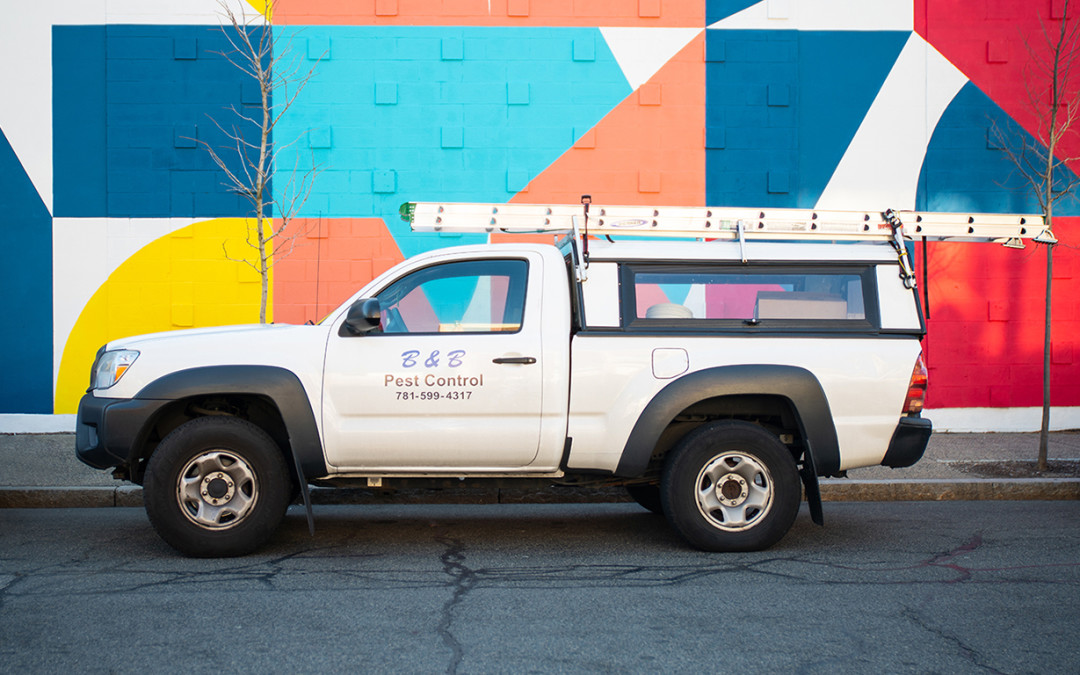During the fall season, it is common for homeowners to find a variety of bugs congregating around windows, door frames, eaves and soffits. This behavior is natural for many insect species shortly before the arrival of the winter season, and as long as the bugs remain outdoors, most homeowners do not mind this seasonal insect behavior. As it happens, insects congregate on the exterior walls of homes during the fall season in order to secure a nesting spot within cracks and crevices where they can safely overwinter before regaining activity come spring. Unfortunately, these cracks, crevices and cavities where insects attempt to set up camp for the winter season usually lead to indoor areas, such as wall voids, attics, basements, crawl spaces, cellars, cabinets, between floorboards, closets, laundry rooms and open living areas.
Insect pests that overwinter within homes can be found all over the United States, but they are particularly abundant in the northeast where they help keep pest control companies in business during the winter season. These insect pest species are commonly known as boxelder bugs, brown marmorated stink bugs, Asian lady beetles and western conifer seed bugs. Many residents of the northeast have discovered that it is possible for all four of these common insect pests to gather on the exterior walls of homes at the same time. Once they gain entrance indoors, they tend to gravitate toward hard-to-access areas within a home where they cannot be easily removed or exterminated by pest control professionals. Some of the most common indoor hiding spots for these insect pests species include closets, interior walls, behind baseboards in subfloors.
With the exception of boxelder bugs, these fall pests are all non-native species that overwinter beneath tree bark and in cliff crevices in their native habitats, but due to their presence in a foreign habitat, they mistake crevices in a home’s exterior for their usual overwintering sites on trees. Brown marmorated stink bugs begin to invade homes in the northeast during the fall when there is less than 12 ½ hours of daylight, and all four of these insect species tend to congregate on the south and west facing walls. For reasons that are not yet understood, these insect pests also tend to gather near garages. In order to prevent invasions, cracks, crevices and other entry points should be filled in with sealant or caulk. Window screens should be free of holes and attic and crawlspace vents can be covered with wire mesh barriers. If large groups are found on the exterior walls of a home, spraying them with a water hose usually knocks them off. Pyrethroid insecticides can be applied to a home’s siding and foundation walls if the pests repeatedly congregate in particularly large numbers on a home during the fall. These pests rarely survive the entire winter season indoors.
Have you experienced problems with overwintering pests this year?

